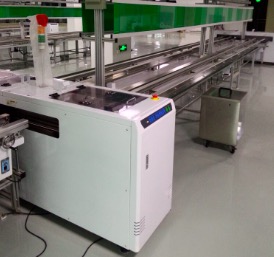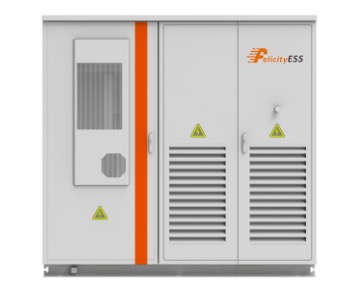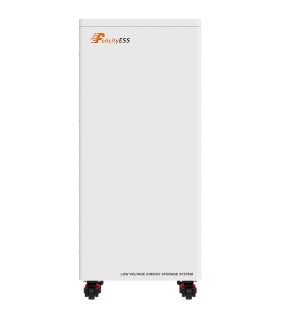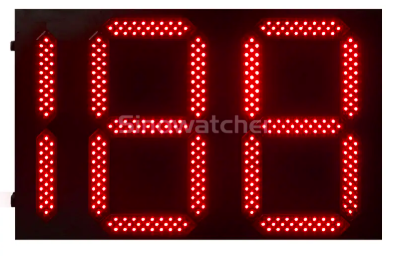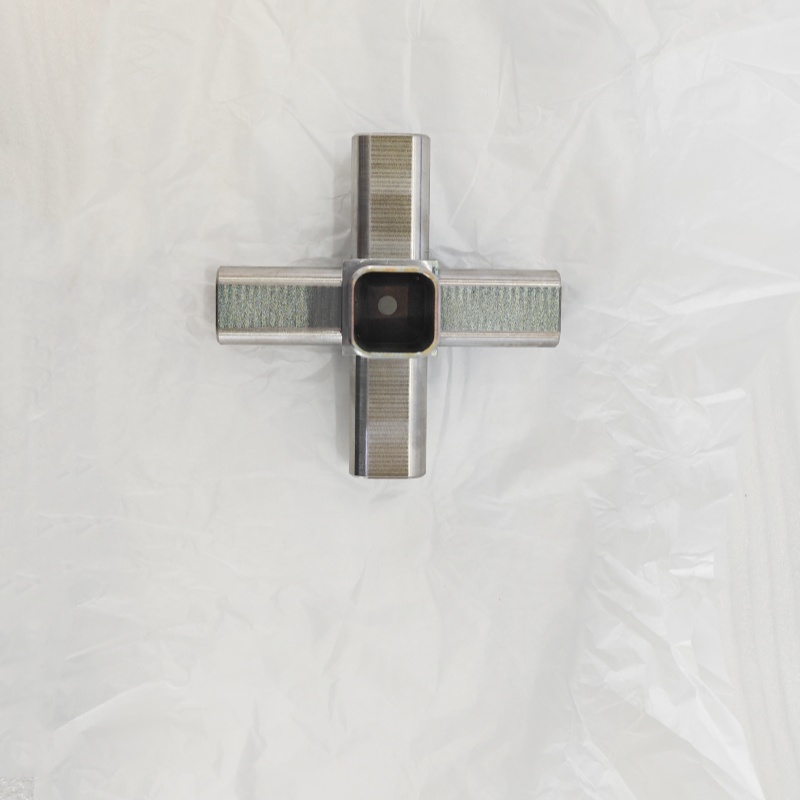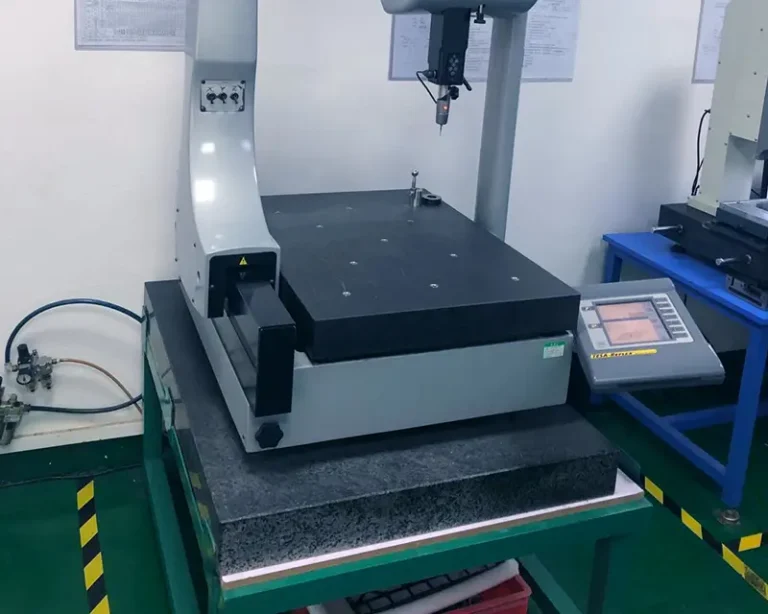目录
A flipper conveyor is an innovative type of conveyor system commonly used in material handling and automation. This equipment is designed to transfer items efficiently across production lines while also providing the ability to flip or orient materials in specific directions. In this article, we will discuss what a flipper conveyor is, its advantages, how it works, and its various applications in industries.
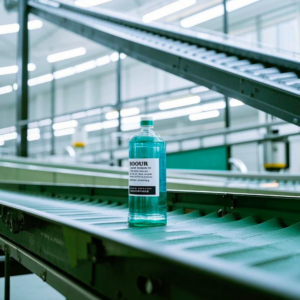
What is a Flipper Conveyor?
A flipper conveyor is a specialized conveyor system that not only moves products but also flips, rotates, or reorients them to fit specific processing or packaging requirements. It typically consists of a conveyor belt combined with a flipping mechanism that can rotate items as they move along the line. This makes the system particularly useful in industries where items need to be oriented correctly before further processing or packaging.
Advantages of Flipper Conveyor
Improved Product Orientation: One of the main benefits of a flipper conveyor is its ability to flip products to the desired orientation. This is particularly useful when items need to be positioned in a certain way for subsequent processing or handling.
Increased Efficiency: A flipper conveyor can handle multiple tasks at once, such as moving and rotating products simultaneously. This reduces the need for separate machines or manual labor, increasing overall efficiency and speed on production lines.
Space-Saving Design: By combining the functions of a conveyor and a flipping mechanism, a flipper conveyor saves valuable space in the production area. Instead of using multiple systems to handle different tasks, one system can be utilized for both moving and orienting products.
Versatility in Handling Different Items: A flipper conveyor can be used to handle a wide range of items, including boxes, cartons, bottles, and small components. This versatility makes it ideal for industries such as food and beverage, pharmaceuticals, automotive, and logistics.
Improved Safety and Reduced Labor Costs: With its automated flipping and conveying abilities, a flipper conveyor reduces the need for manual handling. This not only minimizes the risk of workplace injuries but also lowers labor costs by automating repetitive tasks.
How Does a Flipper Conveyor Work?
The working principle of a flipper conveyor is relatively simple but highly effective. It involves two main components: the conveyor belt and the flipping mechanism.
Conveyor Belt: The conveyor belt moves the items from one point to another, just like a traditional conveyor system. The items are placed on the belt, which moves them forward at a controlled speed.
Flipping Mechanism: As the items move along the conveyor, they reach the flipping mechanism. This mechanism can rotate the items 90 degrees, 180 degrees, or even 360 degrees, depending on the system’s design and requirements. The flipping action can be triggered automatically or manually, depending on the operation setup.
Sensors and Controls: Modern flipper conveyors are often equipped with sensors and control systems that allow operators to adjust the flipping speed and orientation according to the needs of the process. These sensors ensure that each item is properly oriented as it moves along the conveyor.
Output to Next Stage: Once the item is flipped to the correct orientation, it continues down the conveyor to the next stage of production or packaging.
Applications of Flipper Conveyor
Flipper conveyors are used in a wide variety of industries due to their ability to handle and orient products efficiently. Some of the most common applications include:
- Food and Beverage Industry: Flipper conveyors are often used to rotate containers, such as bottles or cans, so they can be properly oriented for labeling or packaging.
- Pharmaceuticals: In pharmaceutical manufacturing, flipper conveyors help in positioning small vials or packages correctly for inspection or packaging.
- Automotive Industry: For automotive parts assembly, flipper conveyors can be used to flip parts into the correct orientation for assembly processes.
- Logistics and Warehousing: Flipper conveyors are also used in logistics and warehouse operations to ensure products are aligned and sorted correctly before shipping or storage.
Conclusion
A flipper conveyor is a highly efficient and versatile solution for many industries requiring product handling and orientation. By combining the functionality of a conveyor system with the ability to flip or rotate items, it streamlines operations, increases productivity, and saves space. Whether in the food, pharmaceutical, automotive, or logistics industries, flipper conveyors offer a reliable method for handling products and improving production line efficiency.
0

